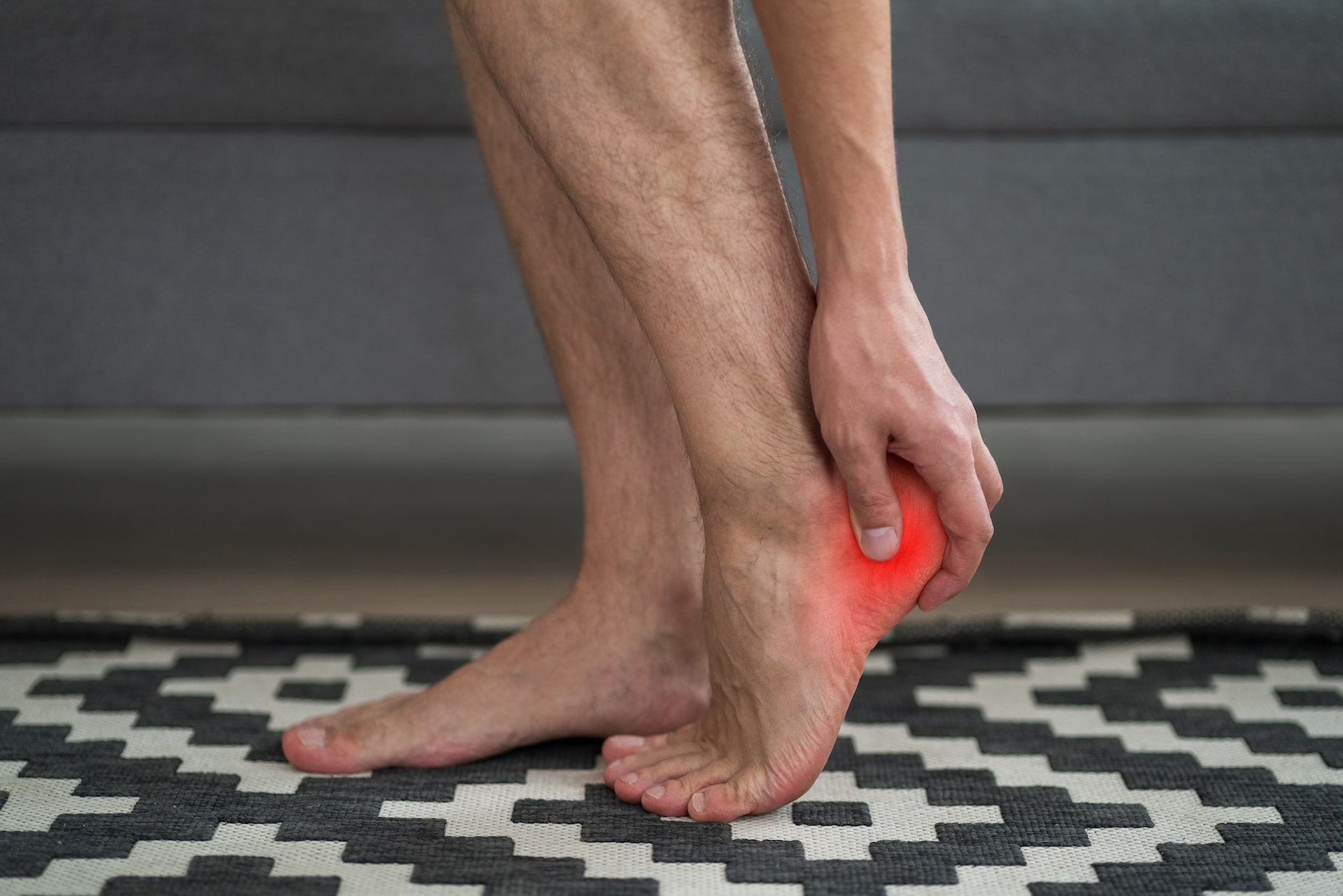Heel spurs were first described nearly 200 years ago and became widely recognized about 100 years ago. The years since have made it clear that this common condition is not well understood. A heel spur is a bony, or calcium-based deposit on the underside of the calcaneus, or heel bone, and often found through x-rays of the foot. Such deposits form a protrusion, usually extending forward from the calcaneus, and may be as long as a half-inch. Patients experiencing heel pain may be given a provisional diagnosis of heel pain just based on an office visit examination, but x-rays remain the gold standard for diagnosis. It is important to understand that although a diagnosis of heel spurs was commonly given for heel pain for many years, heel spurs are often painless and found incidental to the main foot-related complaint. A podiatrist is really necessary to make the distinction and offer the most thorough examination of your heel pain to make an accurate diagnosis and formulate a treatment plan.
While heel spurs have previously been associated with heel pain due to plantar fasciitis, and even to having either a pronated (high arch) or cavus (flat foot) type of foot, such relationships have been called into question in recent years. It turns out that heel spurs are found in just as many patients with plantar fasciitis as without, thus a direct relationship between the two conditions is not clear. Heel spurs are also found in many patients with no complaint of heel pain at all, and these patients have no signs of distress or pain that may be attributed to their heel spurs.
A recent study of more than 200 men and women between the ages of 62 and 94 years old found that more than half had heel spurs. Foot type was determined to have no bearing on the likelihood of developing heel spurs. However, factors such as obesity, osteoarthritis, and pre-existing heel pain seemed to be common risk factors for the eventual development of heel spurs. Other studies have suggested that rather than causing pain, heel spurs may actually offer protective properties in patients with Achilles tendon abnormalities or poor foot biomechanics. It has been suggested that in these patients, the bony protrusion protects the calcaneus, plantar fascia, and other structures of the heel from excessive force that may otherwise cause damage to the hindfoot. Most patients with heel spurs never need treatment for the spurs themselves, but for other conditions with the heel spurs being merely an incidental discovery.
For those experiencing pain that is directly attributed to heel spurs after other diagnoses have been ruled out, conservative treatment is generally well tolerated, although some patients may still find surgery to be necessary. Heel spur-related pain often responds well to exercise, orthotics (shoe inserts custom made for your particular foot mechanics), anti-inflammatory medications, cortisone injections, or some combination of these therapies.
Whether you have been previously diagnosed with heel spurs or not, or are suffering from heel pain or other foot, ankle, or lower leg concerns, call Kansas City Foot Specialists today at (913) 338-4440 for a thorough evaluation.



